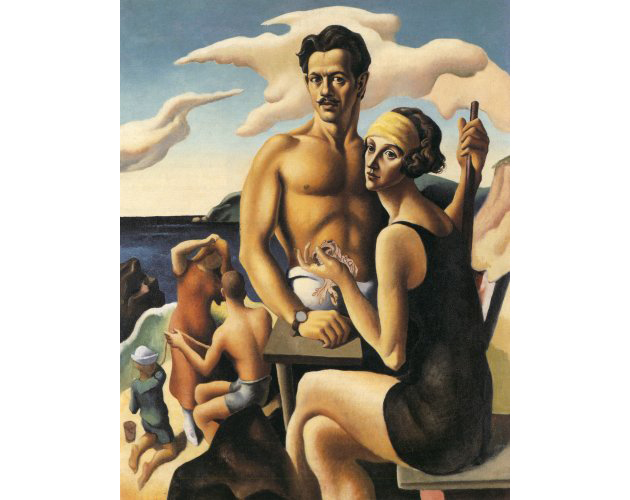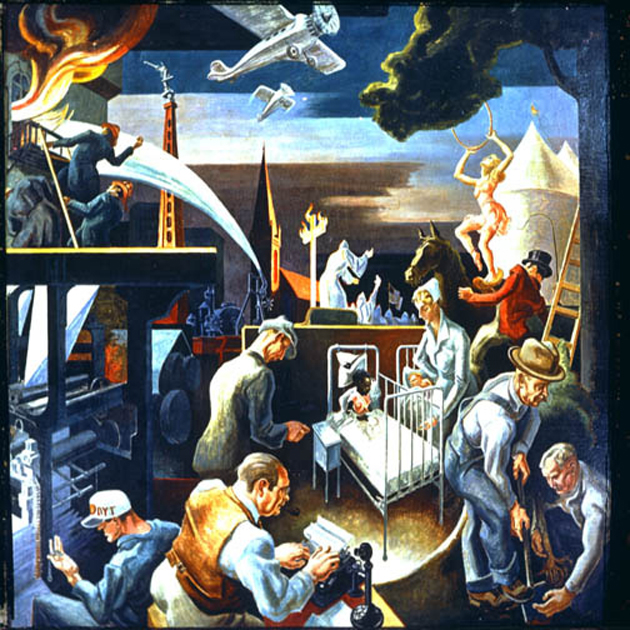Thomas Hart Benton may have been the hero painter of his time — he was one of the first artists to grace the cover of Time, in 1934 — but he had become a microcosm on the American scene by the time his old student/friend/enemy Jackson Pollack blew up in the late 1940s. His fame was brief, his legacy faint. “The particular audience he painted for is long gone,” went a recent New York Times review. “The one that has replaced it knows nothing about him.”
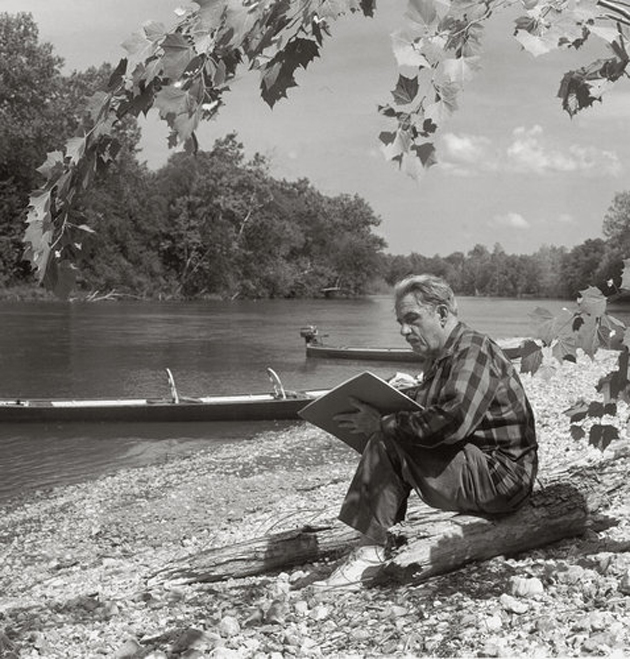
Part of Benton’s dilemma was his stubborn commitment to American workers and everyday American life, a scene that forever links him to the Great Depression. His best-known work comes from the era, most notably America Today, a nine-wall mural conceived in 1931 that has just been bought by the Met. America Today portrays Americans across the continent doing ordinary things: riding subways, going to the movies, dancing, pounding iron, working the field. The fact that it so distinctly defines American life in the 30s is likely why Benton remains tied to it.
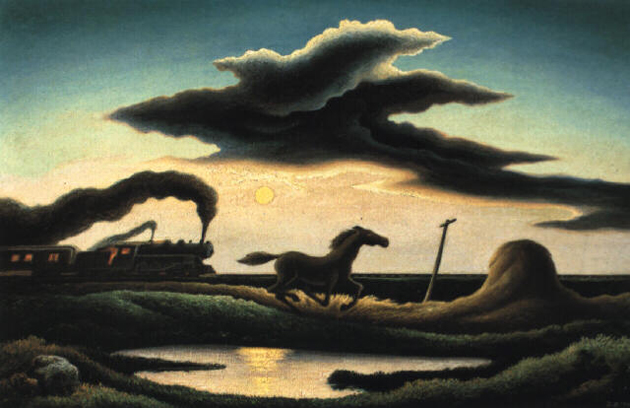
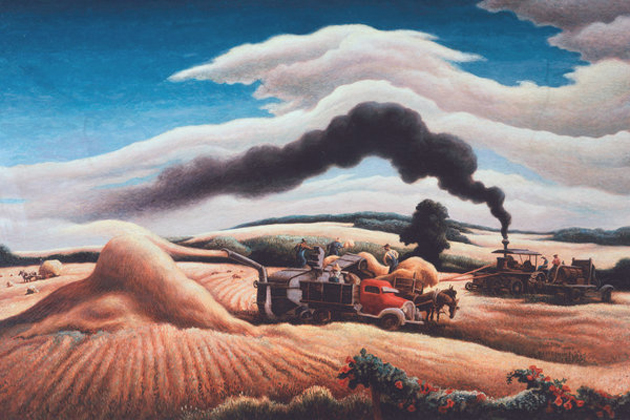
Benton was a product of the dustbowl: his favorite drink was whiskey, his place rural Missouri. He reflected the culture in that he was often blunt, hardworking, outspoken and stubborn. He was an outsider who preferred saloons and rotary clubs to salons and art galleries. He hated critics, which may be one reason he’s been out of view for so long. The Met’s acquisition of America Today — as well as a long-overdue biography by Justin Wolff — will no doubt stir interest in those who have never had the chance to hear about him.
